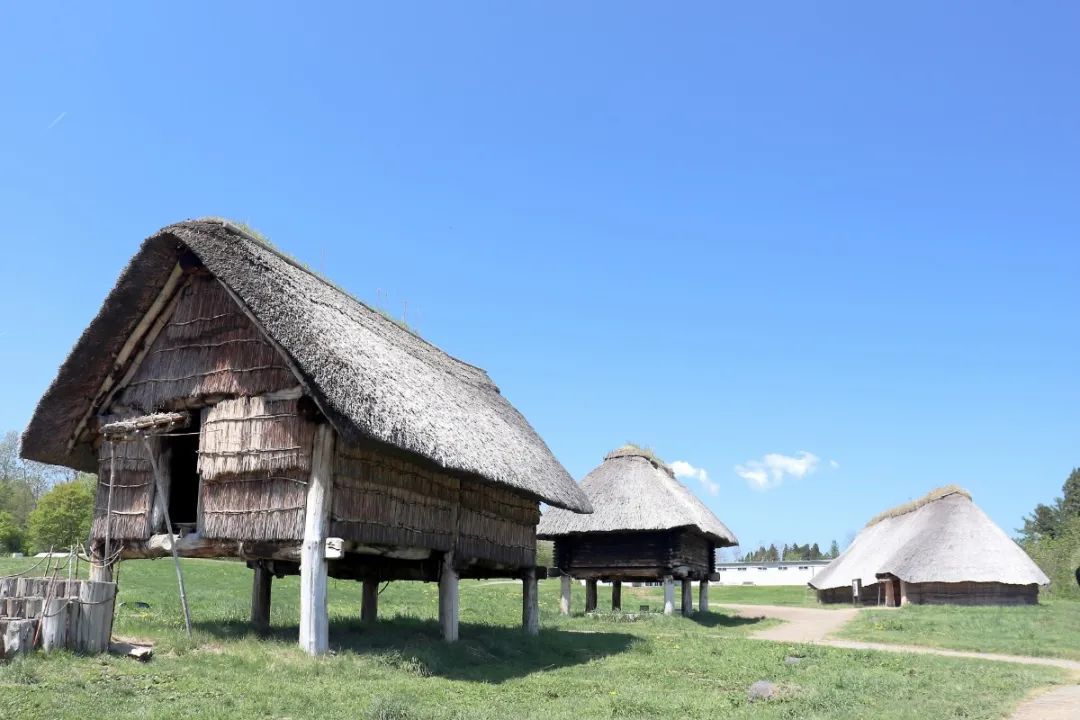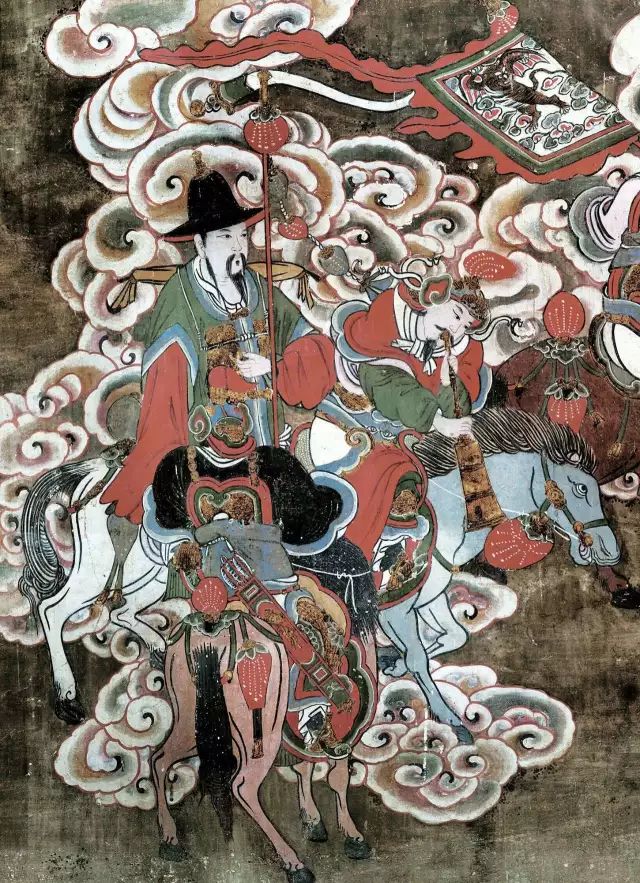The architecture of a country or a nation will have its own unique style, which is reflected in many aspects, such as materials, styles, modeling, and even closely related to politics and religion
. 
Japanese architecture has many differences with China, but there are also some connections
.
So what is the development history of Japanese architecture? We can learn from these important times that the earliest buildings can be traced back to the second and third centuries of the Yayoi era and the Shengwen era
.
Since then, with the influence of historical changes, buildings have their own characteristics in each different era
.
The early architecture mainly consisted of shrines, Buddhist temples, and Li Gong
.
In the middle ages, castles marked the prosperity of the city appeared
.
After the founding of the people’s Republic of China and the Meiji Restoration in modern times, they were influenced by the West and integrated the eastern and Western styles
.
In order to avoid the invasion of insects and animals on the ground and the dampness of the ground, the ancestors built their resting houses on the columns supported by wood or bamboo above the ground
.
In the Neolithic sites such as Hemudu culture and Liangzhu Culture in China, wooden piles buried underground and beams and slabs on the underframe were found
.
This is the vestige of the so-called Ganlan architecture of later generations High bed residence, as it is called in Japan, is also a kind of architectural mode from Japanese rope pattern to Yasunari
.
The remains of sanneimaru mountain in Akita are hot and humid in Japan, which are suitable for the growth of tall trees, such as juniper, fir and beech
.
These trees are excellent raw materials for wood building materials
.
Compared with China, the resources of wood architecture are more abundant
.
However, because they are deeply buried in the ground, the wooden columns are easy to decay due to the invasion of moisture, so Japanese architecture has formed a system of “regular renewal”, such as the Shinto shrine In general, the hall needs to be rebuilt in 20 years
.
ISI shrine is the oldest and most sacred Shinto shrine in Japan
.
It is located in the seaside forest of ISI City, Sanchong county
.
It is divided into two palaces, the inner one is called “huangda Shrine”
.
The inner one is dedicated to offering sacrifices to Tianzhao and the outer one is dedicated to Fengshou
.
It is specially responsible for protecting the food of Tianzhao
.
The style of the two palaces is roughly the same
.
The era of flying birds in the history of Japanese architecture is about 90 years from the introduction of Buddhism in 552 to the reform in 646
.
At this time, China entered the Sui and Tang Dynasties from the northern and Southern Dynasties, and the advanced culture of the mainland quickly spread to Japan
.
Influenced by China’s advanced construction technology, the wooden column is no longer buried in the soil, but the stone foundation is buried on the compacted ground, and then the wooden column is erected on the stone foundation
.
This also indicates that the beam structure at the top of the wooden column is nearly mature, but the high bed building is not extinct in Japan
.
From Erlitou culture, Chinese architecture has a large-scale rammed earth abutment
.
It can be said that rammed earth architecture is an important part of our waterproof and symbol of the dignity of the building owner
.
In order to prevent the rammed earth abutment from collapsing due to rain erosion, Chinese architecture often has a considerable “jump”, that is, the part of the eaves that we often see sticking out And the construction of this jump is the unique “Dougong” technology in China, which is called “group object” in Japanese
.
FaLong temple is known as one of the earliest wooden buildings in Japan
.
At first glance, it looks like Chinese architecture and almost completely gets rid of the original Japanese architectural model
.
After the Tang Dynasty, there are three main styles of Japanese ancient architecture, namely “harmony style”, “Tang style” (Zen style), “Big Buddha style” (Tianzhu style)
.
Japanese royal nobles ardently advocated Buddhism
.
The temples such as Dongda temple, Xida temple, Da’an temple and Xingfu temple were established one after another
.
The architectural style quickly transited from the flying bird style to the Baifeng style in the early days of Nara
.
The East Tower of pharmacist temple is an important legacy of Baifeng style
.
The East Tower of pharmacist temple, which was completed in 730, has developed from the style of Baifeng to the style of Tianping in Nara era
.
Japanese architecture has become more and more perfect
.
At this time, the Buddhist temple is large-scale, graceful and majestic
.
It is the best representative of the classical style of Japanese traditional architecture
.
This architectural style which obviously has the architectural style of Tang Dynasty in China is called “harmony”
.
In 754, Jianzhen went to the East and founded tangzhaoti temple in pingchengjing
.
At that time, Japanese architecture took the prosperous Tang Dynasty architecture as the model, and the existing tangzhaoti Temple Jintang and Dongda temple zhengcangyuan were the balance style
.
In the Hongren era (781-1183), Tiantai Sect and Zhenyan sect were very popular in Japan
.
In order to keep away from the noise of the city, these Tantric Benshan temples, such as Yanli temple and jingangfeng temple, were built in the mountains
.
Because of the geographical relationship, the layout of mountain temples could not be as strict as Nara’s Kalan In addition, it pays attention to the relationship between architecture and nature, and its architectural style has changed from simple and powerful to delicate and elegant
.
Completed in 800, the five tower of Shisheng temple in Yutuo City, Nara Prefecture, Japan’s fujihara era (886-1183) architecture presents a beautiful and gorgeous aristocratic style
.
Therefore, the pure land belief prevailed in religious belief, and Buddhist temples became the representation of the pure land of bliss in the world
.
In the Tang Dynasty, Zen emerged from many schools of Chinese Buddhism
.
In the Five Dynasties and two Song Dynasties, Zen almost became the pronoun of Chinese Buddhism
.
A large number of Japanese monks entered the Song Dynasty, and most of their tours were limited to Jiangsu and Zhejiang
.
When they introduced Zen to Japan, they also brought the style and shape of Kalan architecture in southern Jiangsu into Japan
.
At the same time, Zen advocated silent meditation and mind cultivation Epiphany, the Japanese courtyard architecture in this period, the pursuit of meaningful and exquisite in line with Zen, this period of Japanese architecture has a new development, known as “Zen like”
.
After the Tang Dynasty, the Japanese labeled people and things from China with the word “Tang”
.
For example, the Chinese people were called Tang people, and the ships from China were called Tang boats
.
In order to distinguish the earlier “He Yang”, the newly introduced architectural style “Zen Yang” was also known as “Tang Yang”
.
The feature of this style was that the building components such as beams, columns and brackets changed from huge to slender
.
The proportion of each part of the building has changed from simple and simple to complex and exquisite, represented by Kamakura Jianchang temple and Yuanjue temple
.
Jianchang temple is as famous as “Zen style” in the middle ages of Japan
.
It also has “Tianzhu style”, which is also taken from China
.
It was introduced to Japan from the coastal area of Fujian Province in Southern Song Dynasty
.
Tianzhu style was used to rebuild the Great Buddha Hall of Dongda temple in Nara, which was burned down in 1180
.
Therefore, “Tianzhu style” is also called “Great Buddha style”
.
The most famous representative is the South Gate of Dongda temple
.
There is no ceiling on its inner roof
.
Thick columns go straight up and down
.
The battens cross with the columns as the center to form beams and beams
.
The eaves are six overhanging
.
The overall volume of the building is huge, rigid and straight
.
After the middle ages of the Taoshan era, Japan entered the Taoshan era
.
At that time, Japanese architecture became more and more mature and developed, and urban culture became more and more prosperous
.
Various new buildings appeared one after another
.
Mansions and city buildings replaced Buddhist temples as the main architectural activities
.
Castles had evolved into local political and economic centers in Edo era, and wealthy families in major cities began to live Build mansions of different sizes and styles
.
In this era, there are two new architectural forms, Chengguo and academy
.
Chengguo is a defensive building to protect the feudal monarch and his soldiers in the turbulent times, while the academy has the functions of reception hall and private reading space, which also reflects the relationship between the monarch and the princes in the feudal society
.
Ji Lu city, also known as “Egret city”, is one of the most representative buildings in the Taoshan era with its exquisitely carved roofs, gorgeous screen murals and three auxiliary cities surrounding the main heaven.
.



